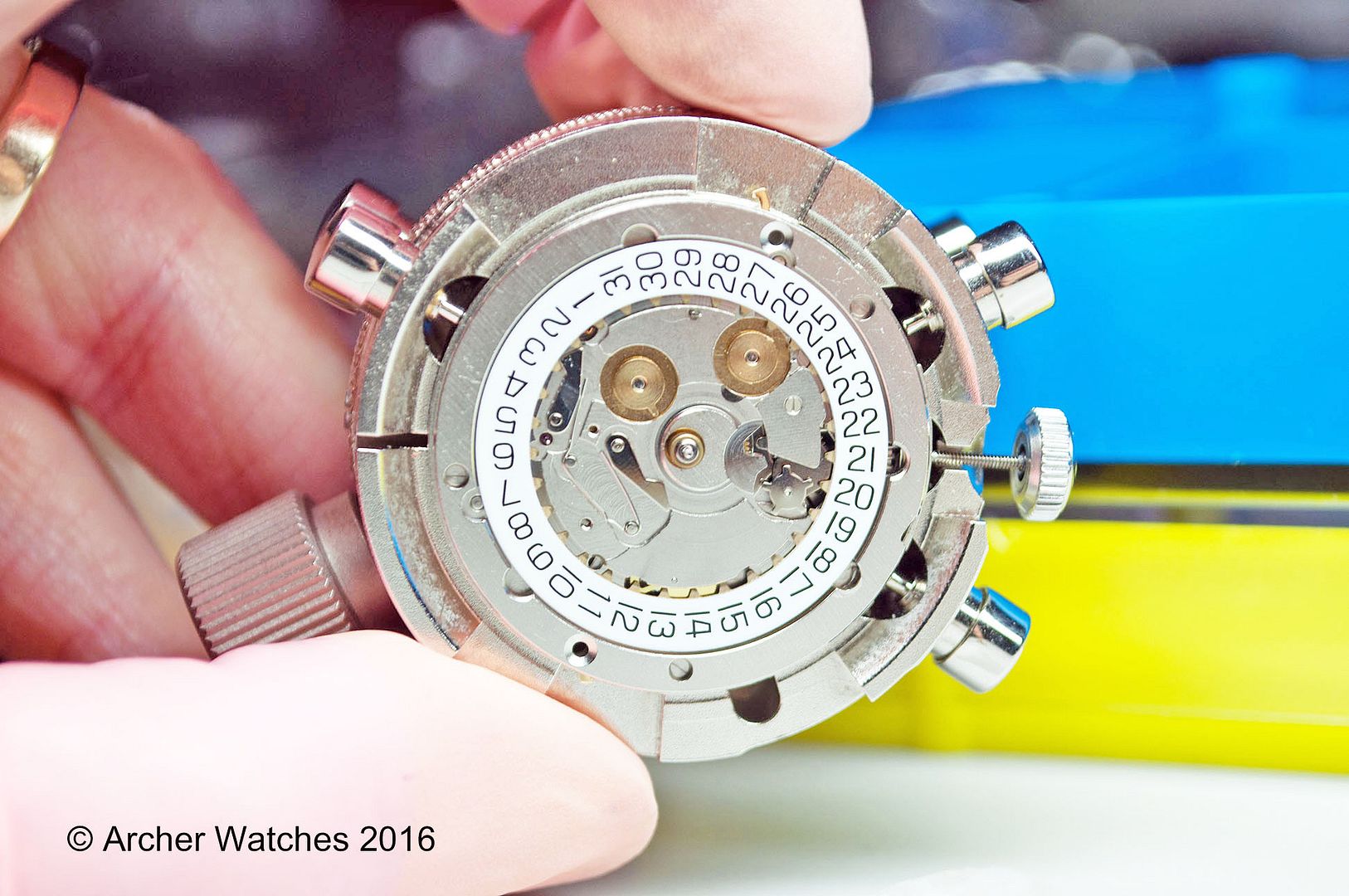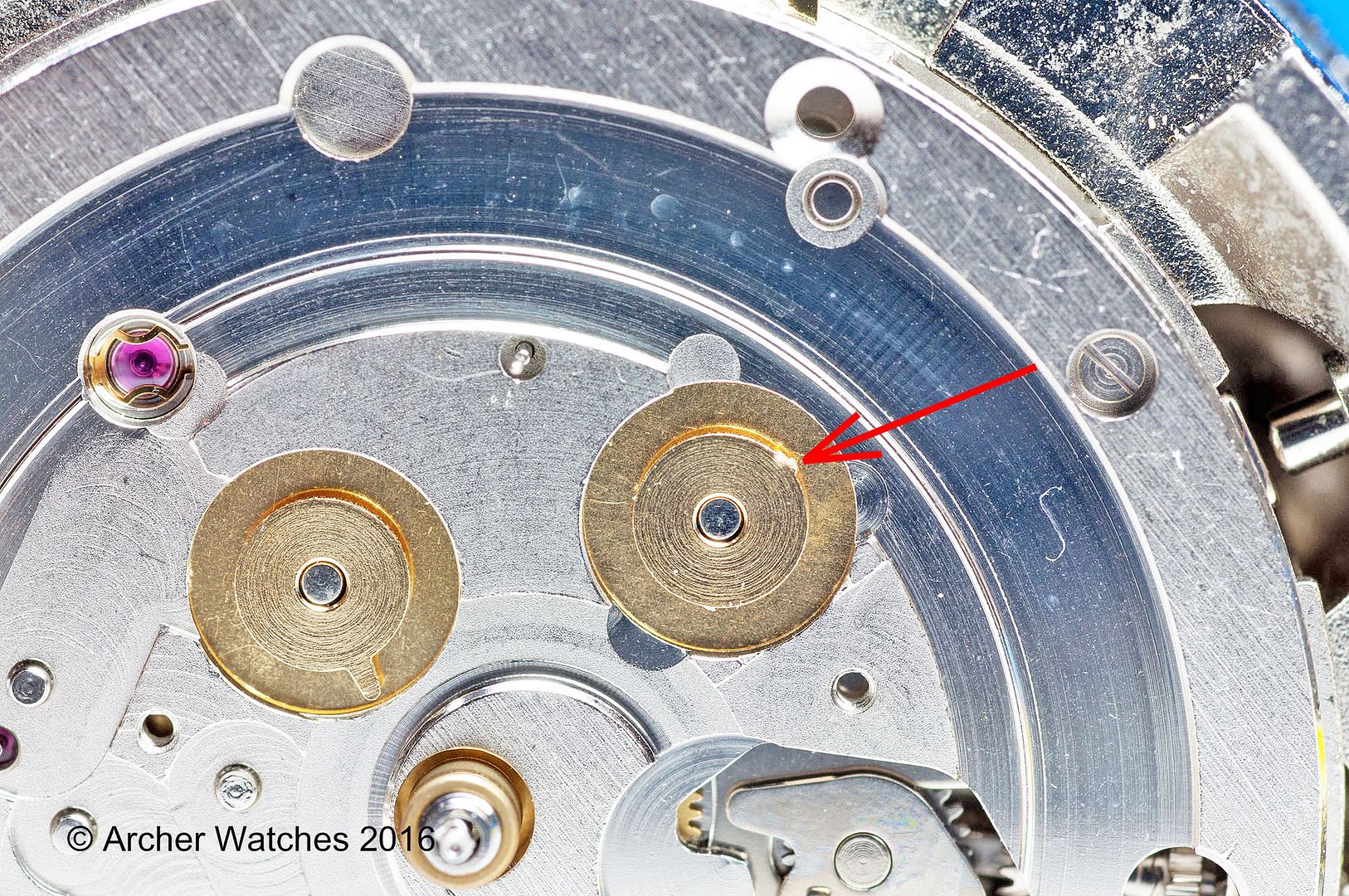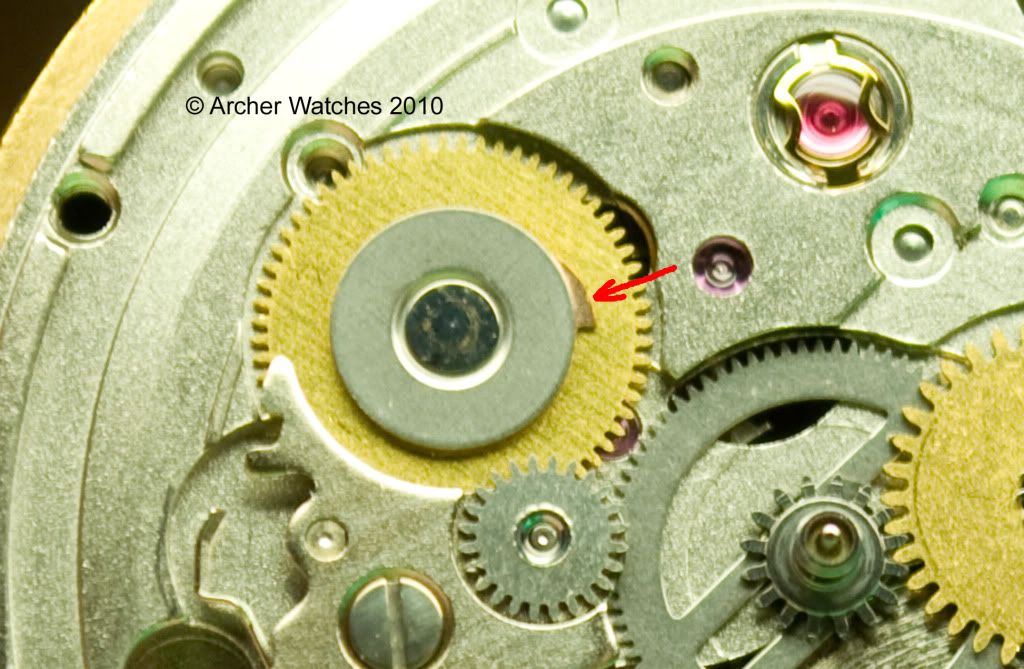I've somehow done it again...
I usually wear a watch for either 2 weeks or a month at a time. I have a 3 watch rotation which means I don't have to adjust the date when I swap watches. Still, sometimes I am late or early by one day so date adjustment is needed. Here is where the problem comes in. I don't know how it happens, but I'd say that on the new watch, about 50% of the times:
1. the movement is stopped between 8PM and 2AM.................AND
2. I forget to change the time to something like 6 AM/PM.........AND
3. I adjust the date.............................................................AND
4. Facepalm!
On this latest occasion the time was exactly 00:01 on a caliber 2500D, so the date had just been changed and I went from 2 to 31 on the date wheel. Only realized the mistake when I wanted to adjust the time. Can't say that I felt any extra resistance or that I heard any weird noise. Still, I imagine that it can't be good for the movement, but how bad is it really?
Has anyone ever had any serious problems because of something like this? If there is damage, is it something that simply gets fixed during the regular maintenance, or is there more to it than that?
I've heard enough stories of people diving with their crowns unscrewed that I'm sure I can't be the only one negligent enough to make this kind of date changing mistake.
I usually wear a watch for either 2 weeks or a month at a time. I have a 3 watch rotation which means I don't have to adjust the date when I swap watches. Still, sometimes I am late or early by one day so date adjustment is needed. Here is where the problem comes in. I don't know how it happens, but I'd say that on the new watch, about 50% of the times:
1. the movement is stopped between 8PM and 2AM.................AND
2. I forget to change the time to something like 6 AM/PM.........AND
3. I adjust the date.............................................................AND
4. Facepalm!
On this latest occasion the time was exactly 00:01 on a caliber 2500D, so the date had just been changed and I went from 2 to 31 on the date wheel. Only realized the mistake when I wanted to adjust the time. Can't say that I felt any extra resistance or that I heard any weird noise. Still, I imagine that it can't be good for the movement, but how bad is it really?
Has anyone ever had any serious problems because of something like this? If there is damage, is it something that simply gets fixed during the regular maintenance, or is there more to it than that?
I've heard enough stories of people diving with their crowns unscrewed that I'm sure I can't be the only one negligent enough to make this kind of date changing mistake.







